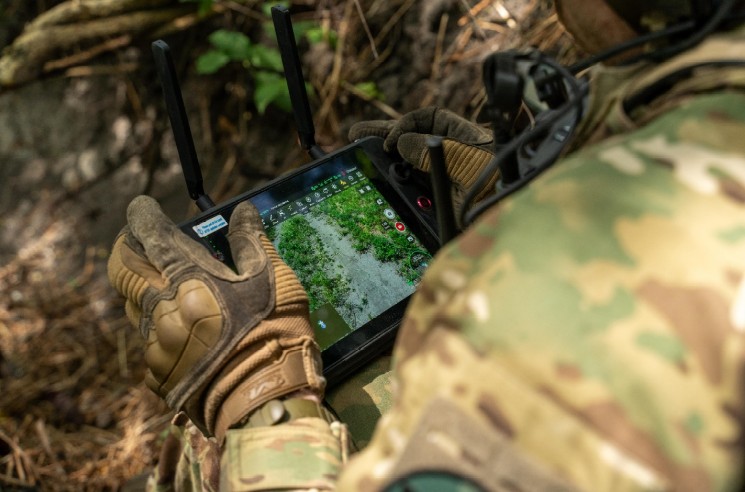In a world where unpredictable situations can arise at any moment, the ability to remain aware of one’s surroundings is a crucial skill. Situational awareness—the ability to perceive, process, and react to environmental cues—can significantly enhance self-defense and tactical performance. Whether for law enforcement, military personnel, or everyday individuals looking to improve their safety, developing situational awareness is essential for responding effectively to threats. Brent Yee Suen explores the importance of situational awareness, its key components, and practical strategies for improving it in both self-defense and tactical scenarios.
Understanding Situational Awareness
Situational awareness (SA) is the conscious perception of one’s environment combined with the ability to comprehend what is happening and anticipate what may occur next. It is often broken down into three levels:
- Perception of the Environment – This involves noticing key details such as people’s behavior, body language, escape routes, potential weapons, and unusual activity.
- Comprehension of the Situation – Understanding the significance of observed details and determining whether something poses a potential threat.
- Projection of Future Events – Using current observations and comprehension to predict what might happen next, allowing for proactive decision-making.
Developing situational awareness allows individuals to avoid dangers before they escalate, react swiftly in high-stress situations, and make better tactical decisions.
Situational Awareness in Self-Defense
For individuals focused on personal safety, situational awareness serves as the first line of defense. Avoiding a threat altogether is far superior to reacting to an attack in progress. Here’s how heightened awareness improves self-defense:
- Early Threat Detection – Criminals often rely on the element of surprise. By staying aware of one’s surroundings, a person can spot unusual behavior, such as someone following too closely, lingering near an exit, or scanning for distracted individuals.
- Avoiding Dangerous Situations – Situational awareness helps individuals steer clear of potentially hazardous areas, such as poorly lit parking lots or isolated alleys.
- Quick Reaction Time – If a threat is imminent, being aware allows a person to react faster, whether by escaping, calling for help, or preparing to defend themselves.
- Confidence and Deterrence – Criminals prefer easy targets. Someone who moves confidently, scans their surroundings, and appears alert is less likely to be targeted.
Situational Awareness in Tactical Performance
For law enforcement, military personnel, and security professionals, situational awareness is a vital component of mission success and survival. Tactical awareness enables professionals to process vast amounts of information and make rapid, high-stakes decisions.
- Assessing Tactical Environments – Understanding the layout of a location, identifying cover and concealment points, and recognizing potential ambush zones can improve strategic decision-making.
- Reading Body Language – Subtle cues, such as a suspect reaching for their waistband or shifting weight in a stance, can indicate potential aggression.
- Team Coordination – Tactical awareness isn’t just about individual perception; it’s also about communicating observations effectively within a team. Good situational awareness allows for seamless coordination and faster responses to threats.
- Reducing Cognitive Overload – High-pressure situations can cause mental overload. Training to recognize key details quickly can prevent panic and enhance decision-making under stress.
Practical Strategies to Improve Situational Awareness
Situational awareness is a skill that can be developed through practice and discipline. Here are some key methods to enhance awareness in daily life and tactical environments:
1. The Cooper Color Code
Developed by Colonel Jeff Cooper, this system categorizes awareness levels into four conditions:
- White – Completely unaware and unprepared (e.g., absorbed in a phone, lost in thought).
- Yellow – Relaxed awareness; scanning the environment for potential threats.
- Orange – Heightened awareness; something has triggered suspicion. A plan is being formed.
- Red – Action mode; a confirmed threat is present, and immediate action is necessary.
Maintaining Condition Yellow in daily life ensures readiness without paranoia.
2. The OODA Loop
The Observe-Orient-Decide-Act (OODA) Loop, developed by Air Force Colonel John Boyd, is a framework for rapid decision-making under stress:
- Observe – Continuously scan the environment for threats.
- Orient – Analyze the information and understand its significance.
- Decide – Determine the best course of action.
- Act – Execute the decision decisively.
Tactical professionals use the OODA Loop to stay ahead of adversaries by constantly adapting to changing situations.
3. Expanding Peripheral Vision
A common mistake is tunnel vision—focusing only on what’s directly in front. Training to expand peripheral awareness helps detect movement and threats from the sides. Exercises such as scanning a room systematically or using wide-angle vision techniques can enhance this skill.
4. Scenario-Based Training
Regular exposure to realistic scenarios—whether through self-defense drills, force-on-force training, or video-based simulations—conditions the mind to recognize patterns and react efficiently.
5. Environmental Awareness Exercises
- 360-Degree Scanning – Make a habit of scanning surroundings upon entering a new location. Identify exits, potential threats, and barriers.
- Baseline vs. Anomalies – Establish a mental “baseline” for normal behavior in a setting. Anything deviating from that norm may indicate a potential threat.
- Challenge the Mind – Play mental games such as remembering details of people in a room or identifying how many exits a building has.
Situational awareness is a crucial skill that enhances both self-defense and tactical performance. It allows individuals to detect threats early, avoid dangerous situations, and react effectively when danger is unavoidable. Whether for personal safety or professional security, developing a mindset of awareness, preparation, and adaptability can make all the difference in high-pressure situations.
By integrating these principles into daily life and training, individuals can improve their ability to stay safe and make critical decisions under stress.
